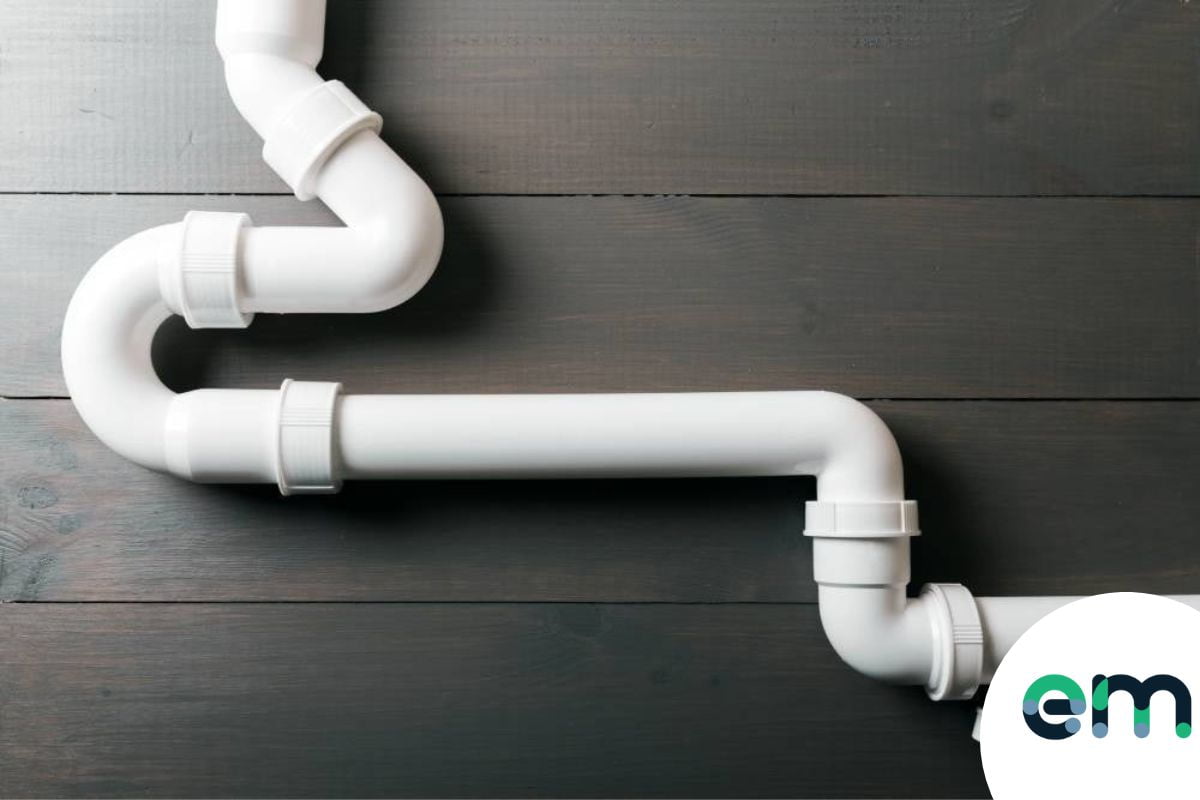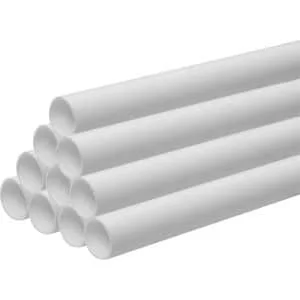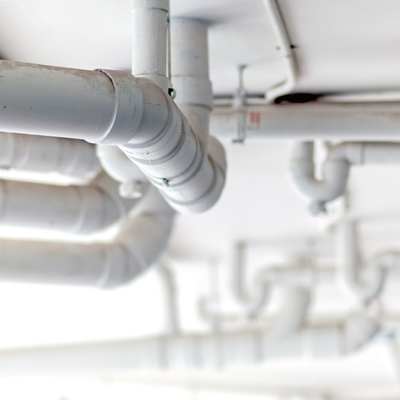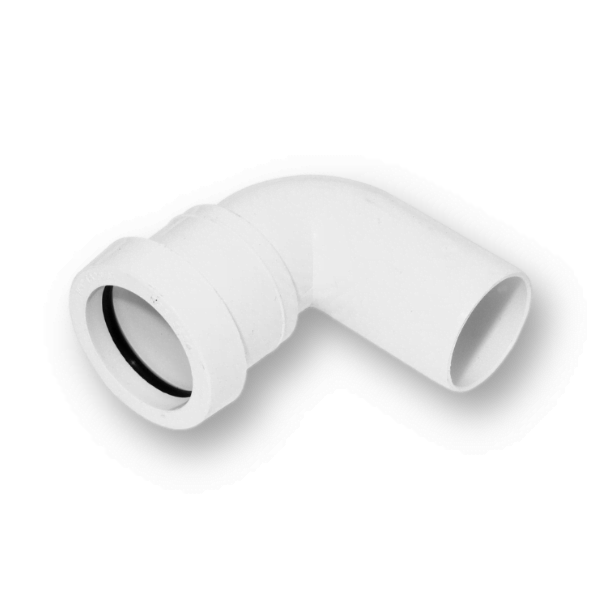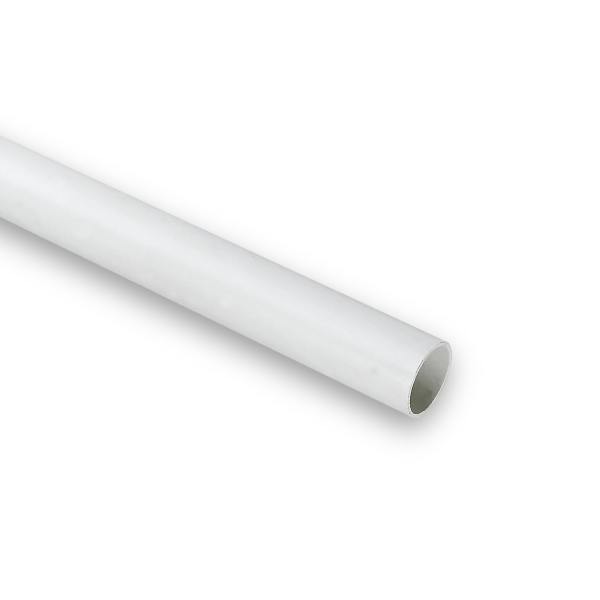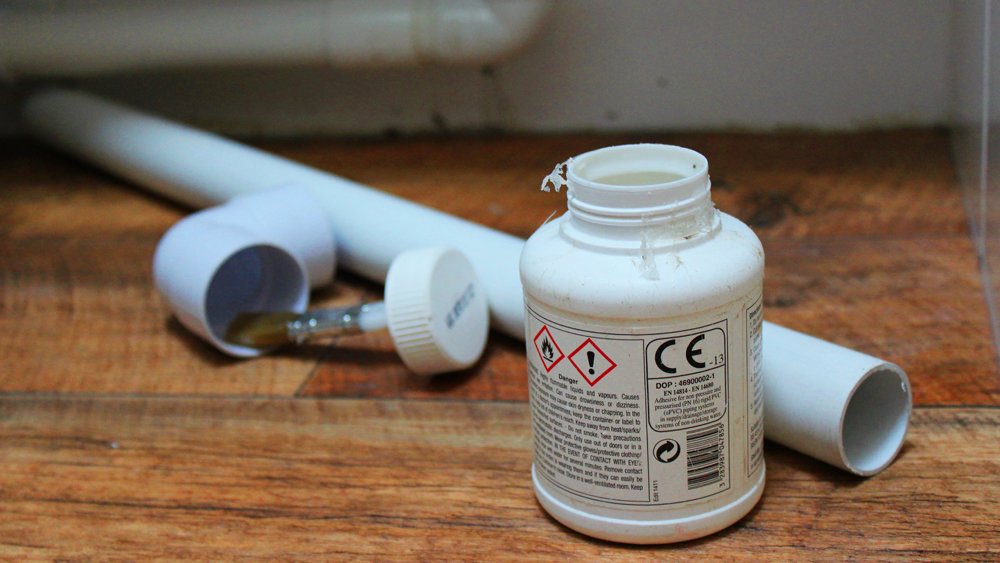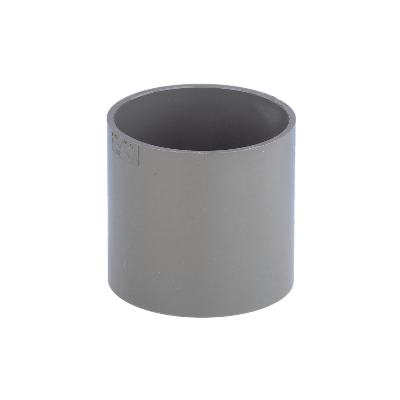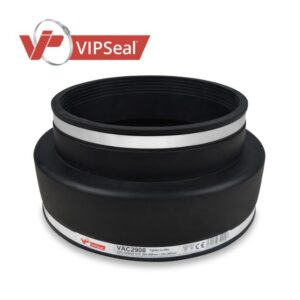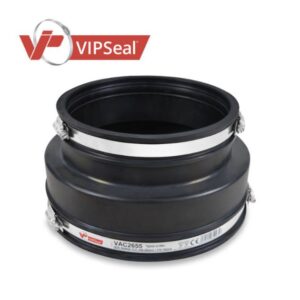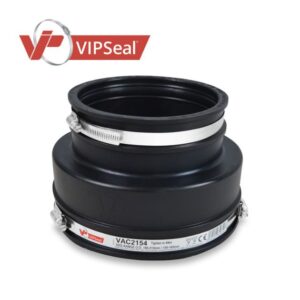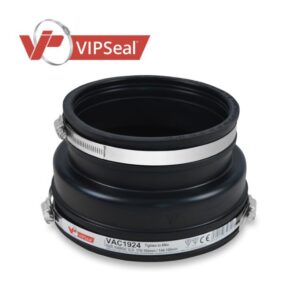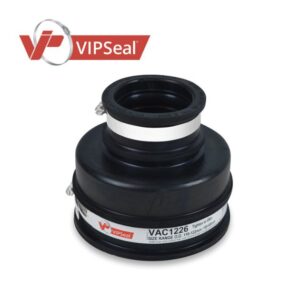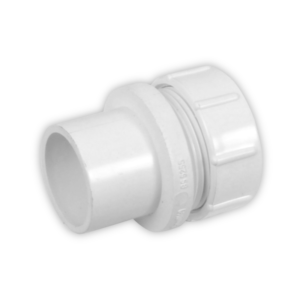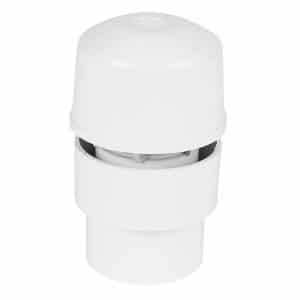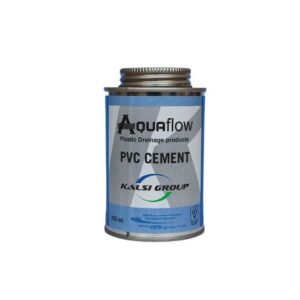No products in the basket.
Blog
Can I Use a Push Fit To Solvent Weld Adaptor?
All waste pipes share the same job in that they do the dirty work, quite literally! They take away all of the wastewater that is created in our day-to-day lives. Understanding the difference and the job of both, will help you if you are in a position where the system needs replacing or something goes wrong. In this guide we will be going over this and hopefully clearing up any questions that you may have.
Hopefully, after reading this you will have a much better idea of how to either expand or repair a system that will last and that is best suited to the job it is going to be used for.
So, how do we actually define a waste system?
Most waste systems consist of pipes that are either 32mm,40mm or 50mm. They run through your property with the job of connecting sinks, baths, showers and other things of this nature all to the main drain. As you may have guessed, if there is water coming from somewhere like a sink or bath, the chances of it being clean are not very high. Therefore, it must be transported away to the sewer or other treatment plant of this kind. This is why these types of pipes are so important!
There is a common confusion between this type of system and a soil system. However, the pipes used for a soil system are a lot larger and have the job of transporting actual bodily fluids and waste from toilets etc. There is no real reason that the two systems can’t be connected. However, you should bear in mind that, ultimately, they have very different roles. If you are looking for the current regulations, you can check out our blog post below where we go through document H with a fine tooth comb!
Check out our blog on Soil Vent Pipe Building Regulations UK – Summarised here!
Are there different types of waste systems that you should be aware of?
An important thing to understand is the type of waste system you are going to need and, in order to decide this, there are some factors such as materials and connections that must be considered and decided on.
Looking back in time, the classic material was copper and this material is still used by professionals who have been in the trade a long time or by customers who prefer a more aesthetic look. There are benefits to using copper pipes, such as it being easy enough to deal with to fit into small places. However, due to it being time-consuming as well as a more expensive material, plastic pipes are a better option for people either working on a budget or on a specific timeframe.
Plastic pipes have become a fan favourite in the industry of plumbing and building materials and have become more of a standard thing to use, above anything else. Plastic pipes are resistant to most weather conditions and have a high impact resistance strength all while being lightweight and easy to install. The main benefit, however, is that they are so much cheaper than a lot of other materials, which, for most people, is a clear positive. We would certainly agree with this and, for this reason, we keep a variety of ranges in stock. You can find them here!
When it comes to plastic pipes, you can either choose between push fit waste pipes and fittings or solvent weld waste pipes and fittings. Both types of pipes are good quality and can be used to construct a long-lasting and durable system. We need to know the difference between the two, so let’s go over this!
What actually is a push fit waste connection?
As the name suggests, push fit waste connections don’t require the assistance of any glues or sealants in order to keep the push fit waste pipe sealed. Instead, it uses rubber seals to create water-tight joints. The lengths of pipe that suit the push fit come plain ended (no socket) in order for them to comfortably fit into the fittings which do in fact have sealing rings in them. To create the connection, you simply push the male end into the female end. Also known as putting the plain end into the socketed end. You may want to use some silicon lubricant to help with this process as it will make it a lot easier. The benefit of this is that if any future adjustments need to be made to the system, it is just a case of pulling them apart and easily performing the work or adding the replacements needed. That is the reason why push fit connections are so popular and widely used in the plumbing and drainage industry.
What actually is a solvent weld waste connection?
The way in which solvent weld connections differs from push fit, is that they are chemically bonded and are permanently joined. When you purchase solvent waste pipe lengths for this style of job, they will also be plain ended and the edges are cut straight to make for a better connection to the socketed fittings. As there is no ring seal in place, solvent cement is instead placed inside and around the plain end of the pipe itself. This then welds the two together. The result of this is that you essentially have one whole piece of plastic at the end of it. The benefit of this method is that it creates a strong enough bond to be both gas and water tight. However, if you make a mistake with the system and have to replace any parts, then it could prove to be a bit of a problem, purely because you can’t just pull and push the system back into place.
So which system is better?
It is always worth going over the pros and cons of each system in order for you to make the decision as to which method will be best for your project. However do bear in mind that both materials and connection points are adequate to create strong and reliable bends and are of high class polypropylene.
- Equally manufactured to the same standards
- They have the unmatched ability to withstand high temperatures (up to 76 degrees as standard, and even 100 degrees for short bursts of time).
- They are able to resist most acids.
- If you are looking to use them externally, you should coat them with paint that is designed to protect them from U.V. rays. Please note, this can change depending on where you buy the pipe, so ensure to check or ask if you are unsure.
The push-fit Advantages:
- It is simple and easy to join the pipes.
- It makes for a fast installation.
- can be taken apart easily.
- You can use the system as soon as the installation is complete. You don’t have to wait to use the system.
The push-fit disadvantages:
- If you do not take the correct measures to install them, they are known to leak.
- Ring seals will degrade over time and will need replacing when they are no longer adequate for the system.
- The seals can’t handle too much stress. This means that the joints require more support.
Solvent weld advantages:
- They are strong and long-lasting.
- They are able to deal with higher stress and impact.
- Due to the joints being permanent, they are far less likely to leak.
Solvent weld disadvantages:
- The installation time for this method is a lot longer.
- Once the weld has been set in place, it can’t be separated. This can prove a problem if you need to correct a mistake.
- The joints have to be left to set for at least 24hrs before testing can begin.
- Generally, a more expensive system.
Now the cards are on the table, it’s time to look at what will work best. There is no one answer that will work for everyone and their situation. It mainly comes down to choice. However, if the job is based in an area where there is a higher risk of damage, such as an outside area, then solvent weld will be the better choice. However, do bear in mind that it is not easy to perform repairs on solvent weld joints. This is also often an expensive task.
On the contrary, if you opt for the cheaper push fit system, it will be faster to install, which would be ideal if you are going to be undertaking a DIY task. Essentially, if plumbing is not your profession and you are attempting to mend it yourself, then it is best that you opt for a push fit system.
The next question you may be unsure about and want to answer is what to do if you have either of the systems already in place and want to use parts of the other type of system? Well, let’s look at this in some further detail!
Can you use push fit and solvent weld waste systems together?
The short answer to the question is yes, however the two pipes are not typically designed to work in conjunction together. Due to the different kinds of pipe being the same size, you will have to use some kind of connection or adaptor in order to make them compatible with each other.
The key thing to remember about these kinds of jobs is that the easier it is to access the pipes and the more tidy they are, then the better the system will be all around. If you stick to using one kind of pipe throughout a whole system, then it stops any confusion when it does come to maintenance or replacements. Although this would be ideal, we do understand that it is not always possible. If ,for example, there is a minor adjustment that needs to be made to your bathroom sink and some new pipe is required, going for the solvent weld option may not seem logical if you are inexperienced. In which case, the only thing that you need to ensure that you get right, is the size and sealing process to minimise the risk of leaks or other problems later down the line and push fit will be fine.
In reality, when dealing with push fit and solvent weld pipes, you must not look past the measurements. Each measurement, whether that be 32mm or 50mm, is in place to indicate the purpose of the pipe more than the exact outside diameter of the pipe. So, if we take the 32mm push fit pipe as an example, this would be ideal for a small sink/basin, but the actual external diameter may be something like 33mm or 35mm. Obviously, if your system is consistently built up of materials from the same manufacturer, then you won’t face any problems, but if you get parts from different places, this may prove a problem later down the line. That’s why, if the option is there, you should most definitely opt to have the system built with pipes from the same manufacturer or buy them from the same place, like us, and seek advice where necessary!
It may seem silly that just a couple of millimetres can create such an impact, but with intricate pipework, it is the difference between a working system and a broken system. So be sure to remember this if nothing else… The only secure way to fix a solvent weld system to a push fit system is to use the correct conversion fitting and if that’s not an option, then a universal coupler will be your next best bet.
Another good option for creating water-tight seals is to use compression fittings. These are ideal for achieving that tight water seals between different pipes. If not, then give us a call and we will find what you need and hopefully get it to you. Remember that the socketed end of a fitting should be pointing upstream and the spigot end should point downstream.
What to do about connecting waste pipes to copper or lead waste pipes?
First, you can make this connection no problem! A lot of older properties, like the 1950’s houses and before, will be using lead or copper pipes. There is no problem with this as long as they are doing as they should, then there is no real reason to replace them. Nevertheless, when replacements come round, you can use plastic and it will be compatible with the pipes. Most of the time, compression fittings will do the job and they make the job a straightforward one at that. The reason for using a compression fitting is because it makes up for any unwanted deviations in a system and ensures a secure connection. So don’t be worried if you have an older style system because fitting a modern waste pipe to go in line with what you need is possible-just get in contact if you are unsure.
If you have a cast iron soil stack, is it possible to connect with push-fit and solvent weld pipes?
Basically, so long as you have the right boss adaptors there should be no problems. When working with cast iron, especially on an older property, you must take care because asbestos is common in these situations. So, before embarking on a quest to complete the project yourself, we would highly suggest you speak to a professional drainage engineer or a plumber. This way, you will be able to receive the best advice on what to do about the project.
A quick roundoff
So glossing over everything that we have spoken about. The most prevalent point is that either will work for your project and there are opportunities to put the types of pipe together using the right adaptors. However, it is always better to use one type of pipe if you have the opportunity for the reason that future problems become a lot easier to solve. It’s worth noting that the same connection methods are often used with underground pipe systems too.
Hopefully, you can now make the decision as to which option is better for you and if, there is anything that was unclear in this article, then please don’t hesitate to give us a shout and we will be pleased to help you and clarify any details!
Shop waste pipes and fittings
